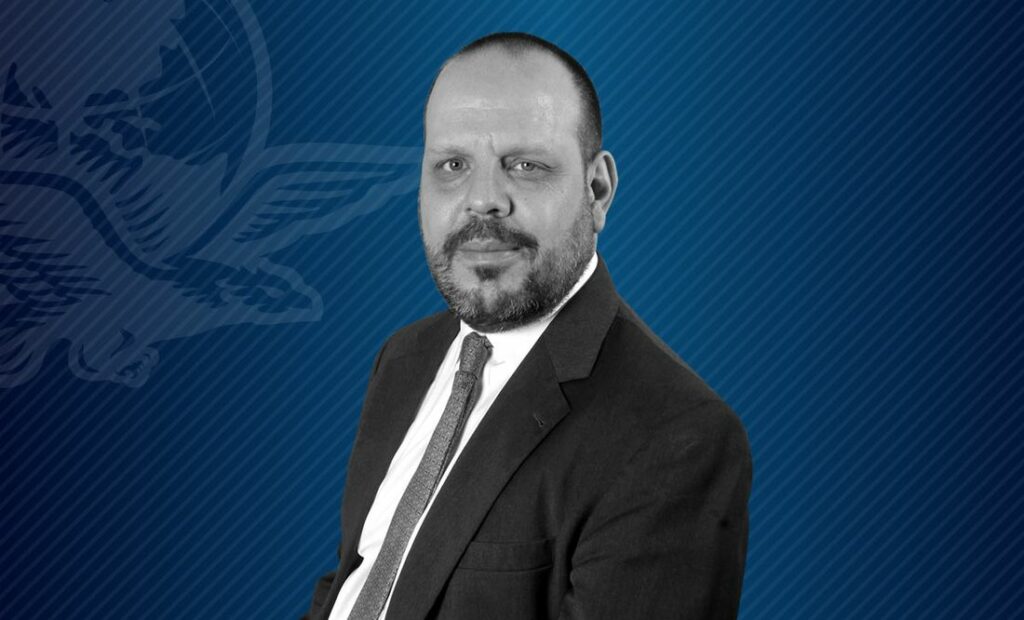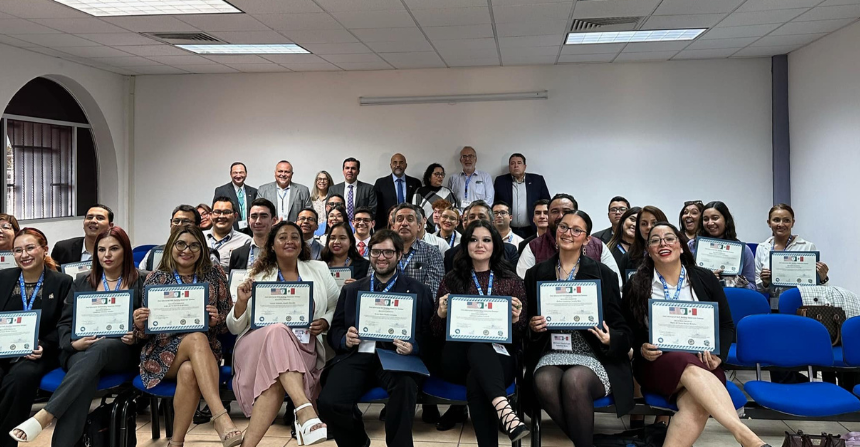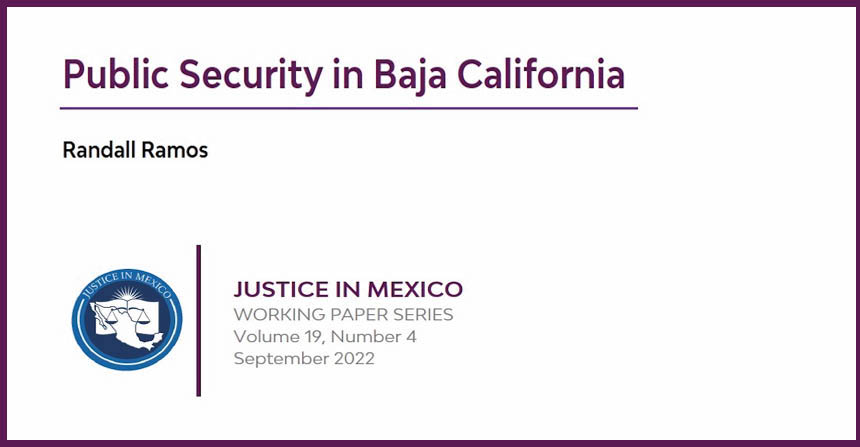
09/14/12 – On September 11, Federal Police (Policía Federal, PF) captured Ramiro Pozos González, known as “El Molca,” the founder and leader of the criminal organization La Resistencia (The Resistance). During the arrest in Metepec, State of Mexico (Estado de Mexico, Edomex), the PF also secured a Ford Edge, an AK-47 assault rifle, firearm magazines, a bag that appeared to contain cocaine, a jar of marijuana, communications equipment, and several false identifications. The charges against Pozos González include drug trafficking, extortion, and murder. El Molca had arrest warrants in Jalisco and Edomex, and was specifically wanted for the assassination of Carlos Alberto Rayas Rodríguez, ex-head of the Intentional Homicide Division (División de Homicidios Intencionales) of the Jalisco Attorney General’s office (Procuraduría General de la Justicia del Estado, PGJE). It is thought that Rayas Rodríguez’s murder was revenge for his investigations and detentions of members of criminal organizations. Strangely, when presented to the media, El Molca appeared smiling and posing for the cameras.
Ramón Eduardo Pequeño, head of the Antidrug Division of the Federal Police (División Antidrogas de la Policía Federal) said that El Molca’s criminal activity goes back at least to the now defunct Milenio Cartel (Cártel del Milenio, CDM), which was led by the Valencia brothers after fragmenting from the Sinaloa Cartel. According to Informador, El Molca originally worked in Houston, Texas, where he received and distributed drugs on behalf of the Valencia brothers. In June 2010, he moved on to head up another offshoot of the Sinaloa Cartel, La Resistencia, that was operating primarily in Jalisco and Michoacán. In addition to La Resistencia and the Milenio Cartel, the Sinaloa Cartel also produced the Jalisco New Generation Cartel (Cártel de Jalisco Nueva Generación, CJNG), a rival organization of La Resistencia that formed in August 2010 after Sinaloa leader Nacho Coronel was killed by the Mexican Army in July of that year. As both organizations operated in Jalisco the past few years, the rivalry has intensified as each has blamed the other for drug-related crimes in the state.
El Molca actively worked to forge an alliance with the Gulf Cartel (Cártel del Golfo, CDG) and La Familia Michoacana (LFM) cartel, to create the Family Milenio Gulf Cartel (Familia Milenio Golfo, MFG). The MFG carried out killings in Guadalajara, including, allegedly, the 26 bodies found near the Millennium Arches in Guadalajara on November 23, 2011. Guadalajara is of significance to cartels given its geographic location as it sits on roads that connect to Ciudad Juárez and Mexicali, border cities in regions where drugs are trafficked into the United States. The city is located in Jalisco, a state that has seen the sixth-highest amount of drug-related killings this year with 518 as of September 7, 2012, according to Grupo Reforma.
Along with El Molca, other leaders within La Resistencia include Elpidio Mojarro Juarez, known as “El Pilo,” who remains at large, and Victor Manuel Torres García, known as “El Paparrín,” who was captured on February 28, 2011, by Federal Police. According to a previous Justice in Mexico Project Report, in general, the loss of cartel leadership leads to the emergence of smaller cartels as it creates divisions that operate at lower, less manageable, and more violent levels, called the Fantasia Effect (Shirk, 2011). Some examples of such organizations include La Resistencia, the CJNG, and El Milenio.
Sources:
“Cae ‘El Molca’ líder y fundador de ‘La Resistencia.’” La Crónica de Hoy. September 12, 2012.
Macías, Iván. “Detiene PF a ‘El Molca’, líder de ‘La Resistencia.’” Milenio. September 12, 2012.
“’El Molca’ operaba en cuatro entidades.” Informador. September 13, 2012.
“Ejecutómetro 2012.” Grupo Reforma. Accessed September 14, 2012.




